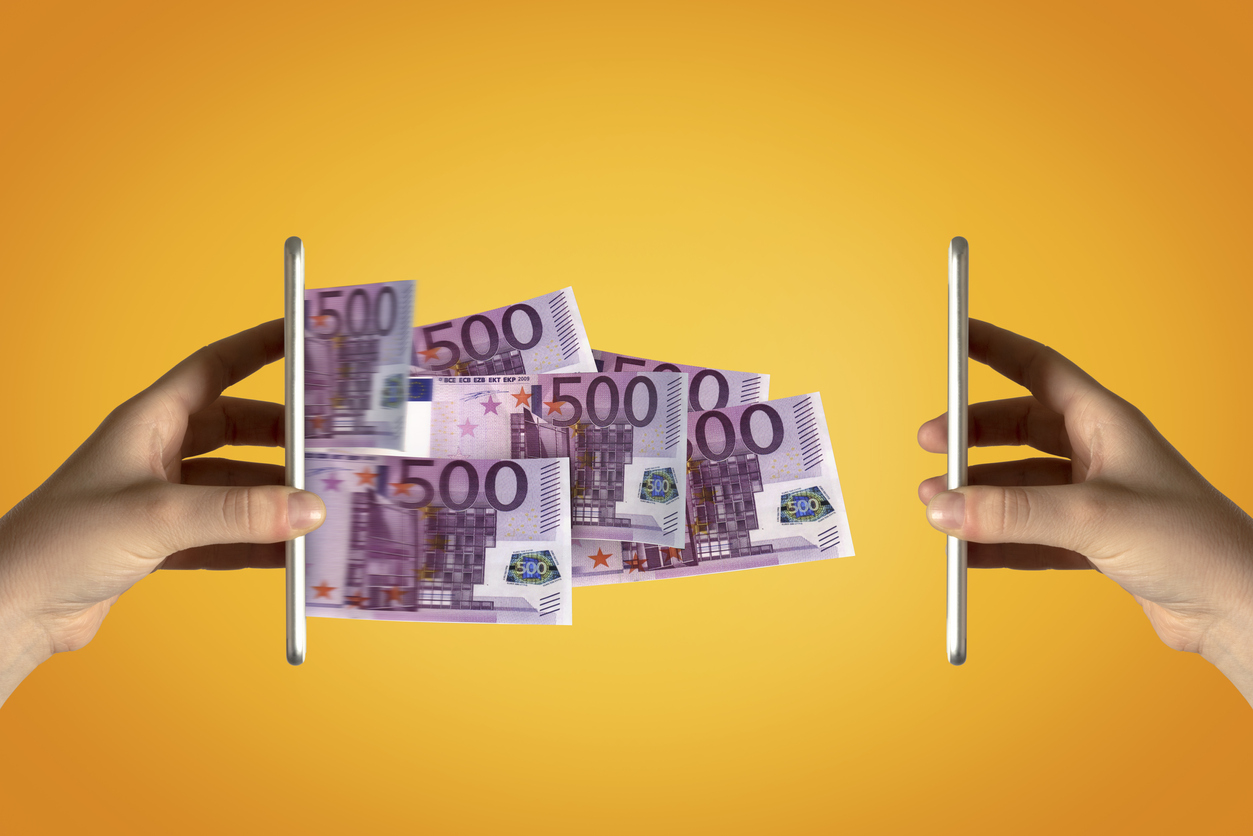Adam J Clarke, Macropay’s founder and CEO, shares his thoughts on the evolution of payments past, present and future. Adam also discloses how online payments and other current trends signal the rise of different future payment methods.
The Present
Over the last few years, customer payment preferences have changed significantly. Particularly, the COVID-19 pandemic accelerated the shift towards digital payment solutions like Alternative Payment Methods (APM). To highlight the importance of APM integration for businesses, Macropay’s CEO & Founder Adam J Clarke notes that “alternative payment methods are critical. [It is] life or death customer experience.”
This shift in payment and banking trends are also characterized by decentralization. Long gone are the days when customers visited a banking hall to make payments or deposits. In fact, mobile wallets and other open banking solutions even allow people without bank accounts to access loans. In turn,this shift in access to financing has accelerated the need for more flexible and fluid payment options.
For instance, businesses are no longer restricted by borders and can easily access new markets and clients. Globalization and digitalization have given birth to phenomena like drop shopping which lowered barriers of entry for new businesses. However, traditional banking is not evolving fast enough. This is evident in how banking restrictions still make it difficult for new business owners to open bank accounts. In addition, traditional banking tends to be more expensive in comparison to its alternatives.
The Past
Previously, payments and banking were controlled by a select few. Financing was centralized, flowing to and from a central bank. This meant payments took a long time as they needed to be verified by the middleman or central controller. In addition, the middleman needed to get paid, which made financial access expensive.
Similarly, access of loans was expensive and, in some cases, prohibitive. This is because customers need to prove their liquidity and provide “know your client” (KYC) documents to open an account. For some, these documents are impossible to obtain. As a result, 31% of the world population remains unbanked today according to World Bank statistics.
However, the rise of mobile wallets, for example, has meant anyone with a smart phone and internet access can access a new way of payment and banking. Businesses now have access to more clients as a result. That is if the business is able to offer clients their preferred payment option.
The Future
As client preferences evolve, businesses must keep up in order to stay relevant. With so much change it might be tempting to assume that we have reached the pinnacle in payment evolution. However, Macropay CEO Adam J Clarke begs to differ. He believes that “the great tech revolution is just beginning, and that AI is the future of tech which will continue to change the way the world works.” 83% of financial service executives agree according to Forbes.
Conclusion
As we become more of a cashless society, Artificial Intelligence (AI) will help make digital payments more secure. Cybercrime and digital fraud currently make online payment solutions very risky. AI allows for the early detection of potentially fraudulent activity or a breach in security. This is one of the main reasons why Macropay utilizes both cutting edge technology and AI.










